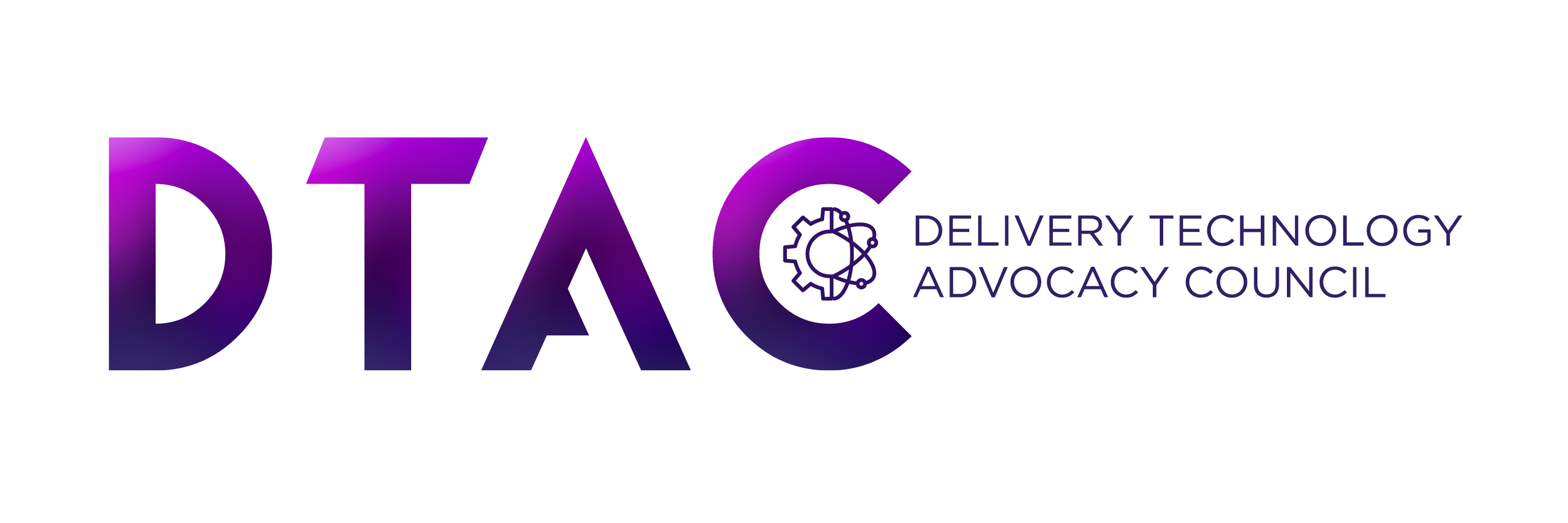Mail.datMail.dat® is the standard embraced by a significant portion of the mail production industry and the US Postal Service to facilitate efficient and process-enhancing communications among those providing list processing, production and mailing services. Mail.dat is a relational database of “connected” files describing each characteristic that can exist within a mailing. By sharing comprehensive data readily, recipients and/or end-users can accept data, interpret the data for their own purposes and benefit from the resulting information; all with an ease and in a manner not thought possible until recently. The flexibility of Mail.dat permits users to share those files that are necessary for their purpose; thus, basic users will not be as inclined to use the “optional” files as those who will be accommodating more complex applications. For these reasons, Mail.dat has contributed to important gains in efficiency, economy, and strategy enhancement. Mail.dat is designed for efficient support of those activities associated with or driven by the presort inherent within a mailing. Mail.dat consists of data elements representing any conceivable variable that might be present in any USPS or Canada Post mailing (and some other elements supporting mid- and down-stream processes). The US Postal Service accepts Mail.dat as an electronic representation of the mailing and as a replacement for the traditional hardcopy documentation. The Mail.dat specification requires that a globally unique User License Code accompany Mail.dat interchange files for the purpose of uniquely identifying the sender within the postal supply chain. The Mail.dat specification, and the software infrastructure upon which it’s built, defines mail preparation today and is developed and maintained by Delivery Technology Advocacy Council, a non-profit industry association, in cooperation with the United States Postal Service™ (USPS™). Questions? Contact [email protected] User License Code ApplicationDownloadsThe Mail.dat Work Group strives to create the optimal data standard to support logistics planning, mail assembly and production and postal payment and acceptance.
|

